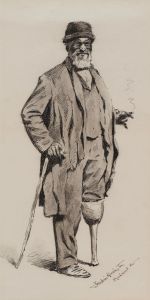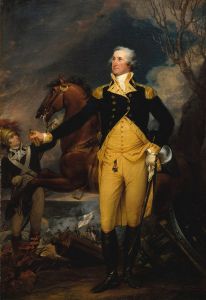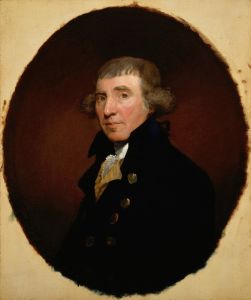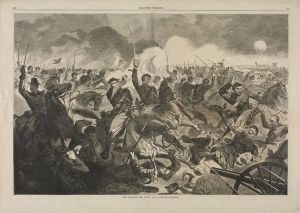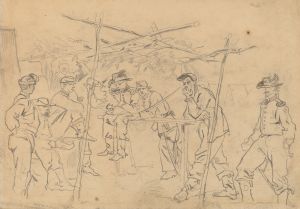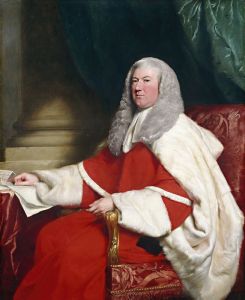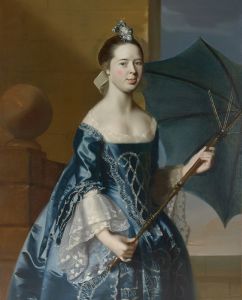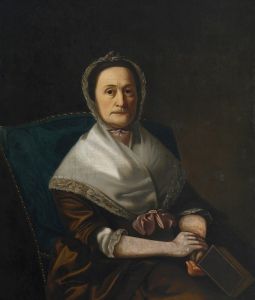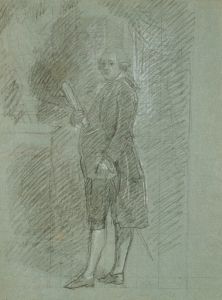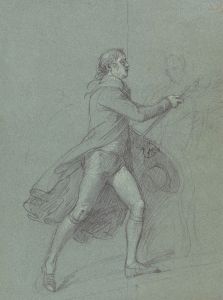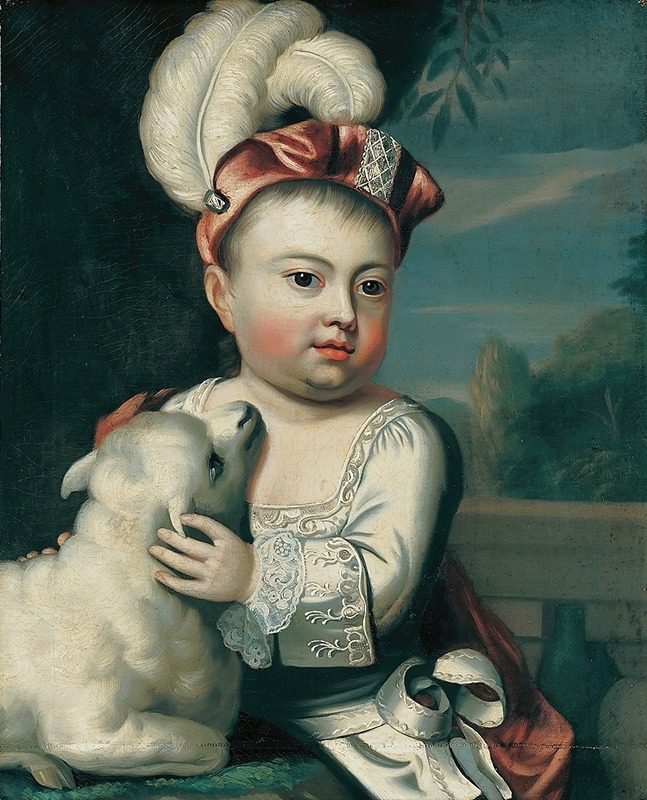
John Greenleaf
A hand-painted replica of John Singleton Copley’s masterpiece John Greenleaf, meticulously crafted by professional artists to capture the true essence of the original. Each piece is created with museum-quality canvas and rare mineral pigments, carefully painted by experienced artists with delicate brushstrokes and rich, layered colors to perfectly recreate the texture of the original artwork. Unlike machine-printed reproductions, this hand-painted version brings the painting to life, infused with the artist’s emotions and skill in every stroke. Whether for personal collection or home decoration, it instantly elevates the artistic atmosphere of any space.
John Singleton Copley, an American painter renowned for his portrait work, created the painting "John Greenleaf" during the 18th century. Copley was born in Boston in 1738 and became one of the most influential artists in colonial America. His portraits are celebrated for their attention to detail and ability to capture the character and status of his subjects.
The painting "John Greenleaf" is a fine example of Copley's skill in portraiture. John Greenleaf, the subject of the painting, was a prominent figure, though specific details about his life and accomplishments are less documented compared to some of Copley's other subjects. Copley’s portraits often depicted members of the colonial elite, capturing their likenesses with a sense of realism and depth that was unparalleled at the time.
Copley's technique involved meticulous attention to detail, particularly in the rendering of textures and fabrics, which is evident in the "John Greenleaf" portrait. His use of light and shadow added a three-dimensional quality to his work, making his subjects appear lifelike and dynamic. This approach was influenced by the European masters, whose work Copley studied and admired.
The painting is characterized by its precise depiction of Greenleaf’s attire, which reflects the fashion and social status of the period. Copley’s ability to convey the texture of fabrics and the subtle play of light on different surfaces is evident in the detailed rendering of Greenleaf’s clothing. The background of the portrait is typically understated, focusing the viewer's attention on the subject.
Copley's work, including the "John Greenleaf" portrait, played a significant role in the development of American art. His portraits not only served as records of the individuals he painted but also as historical documents that provide insight into the social and cultural context of the time. Copley’s ability to capture the essence of his subjects made him a sought-after portraitist among the American colonial elite.
In 1774, Copley moved to London, where he continued to develop his style and expand his repertoire to include historical and genre paintings. However, his American portraits, such as "John Greenleaf," remain some of his most celebrated works. These portraits are valued for their artistic merit and their contribution to the understanding of American colonial history.
Today, Copley's portraits are housed in various museums and collections, where they continue to be studied and admired for their technical excellence and historical significance. The "John Greenleaf" painting, like many of Copley’s works, exemplifies the artist’s mastery of portraiture and his ability to capture the spirit of his time.





